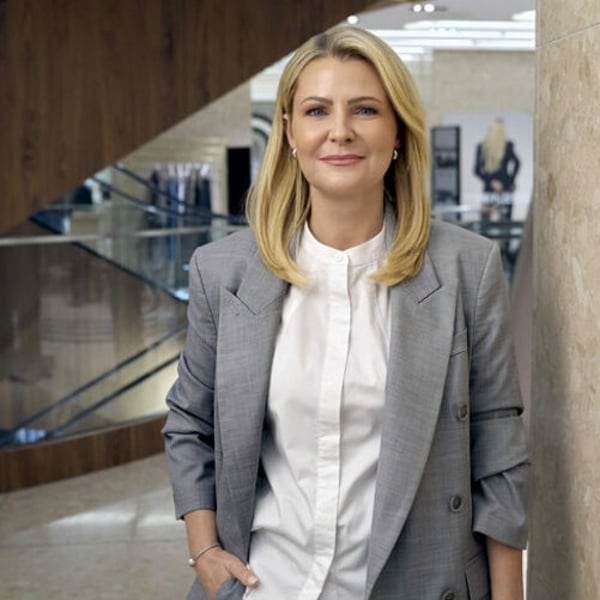Listen to and follow ‘The Debrief’: Apple Podcasts | Spotify | Overcast
Background:
Retailers are racing to repackage shops as “third places” — low-pressure spaces to linger between home and work — as post-pandemic footfall softens and social isolation rises. Sociologist Ray Oldenburg’s original idea centres on civic, low-barrier hubs like cafés and libraries rather than commercial destinations, yet brands are now adding seating, listening bars and in-store cafés to nudge dwell time, loyalty and favourable word of mouth. The best versions use subtle amenities that keep people comfortably in the space, but the sales impact is yet to be proven.
In this episode, BoF retail editor Cat Chen joins The Debrief to unpack why scale matters, how to measure success beyond sales, and where third-place experiments risk sliding from community into pure branding.
Key Insights:
- In their efforts to create third places, retailers are utilising food and beverage as subtle amenities that keep people lingering: it’s ‘not about creating food and beverage as a destination, but about simply getting people to spend more time in the store,’” says Chen. Done well, that “authentically [creates] a community,” and “when you have this really positive experience in their ecosystem, you will feel very positively about the brand.” Still, she cautions: “The idea of a third place as a way to drive sales for retailers is an unproven theory.”
- “Community building is authentic and not a branding exercise,” Chen says. The worst versions of third places feel “branded to death” and designed for photos more than social connection. “At the end of the day, it’s not about the social experience of being there, it’s about taking a photo of it and being able to consume this luxury brand. That’s akin to the first step of being able to afford their $3,000 handbag.” It all goes back to commerce and “is very much the opposite of what Oldenburg meant.”
- Practical amenities in stores build goodwill. Western outfitter Tecovas’ “radical hospitality” includes a lounge and a free bar inside its store, Sephora succeeds with a hands-off approach when customers are trying samples, and Apple allows patrons to charge their phone or use the bathroom — a small service that leaves a positive halo. As Chen puts it, food and beverage in a third place should be low commitment, cheap and have a low barrier to entry. “There have been a lot of thinkpieces about private members’ clubs popping up in New York and how this is tied to this desire for third places. Private member clubs are not third places, they are the antithesis of third places.”


